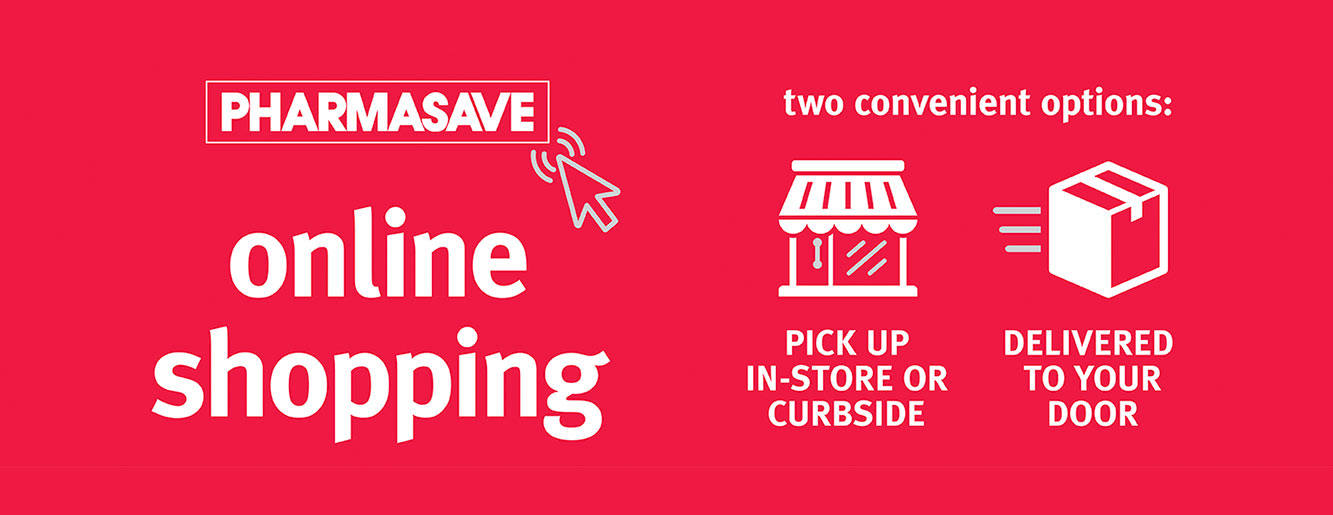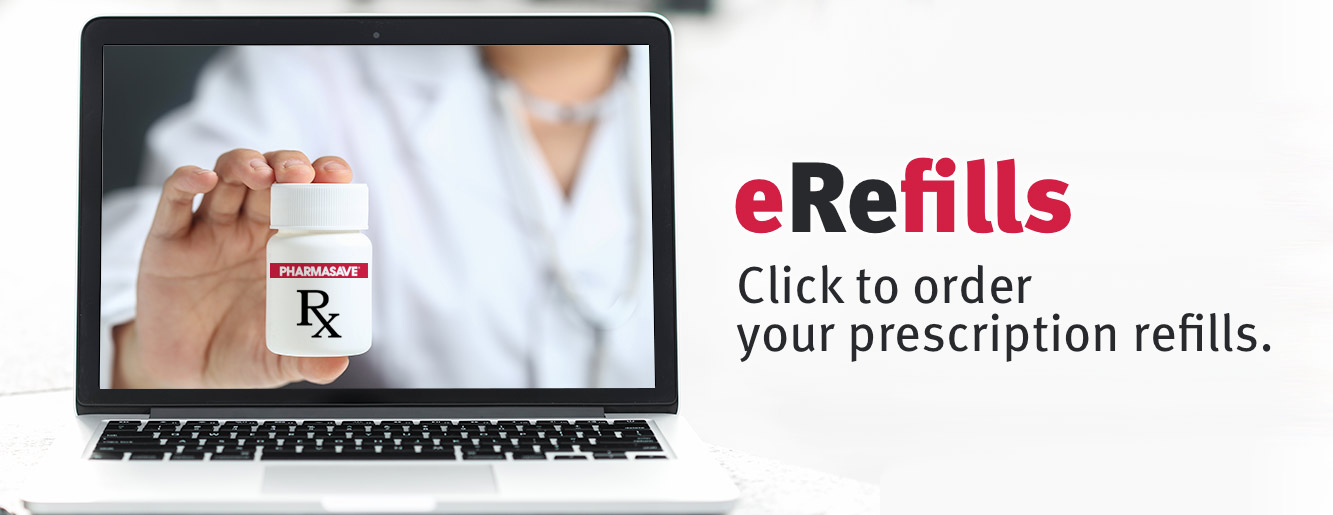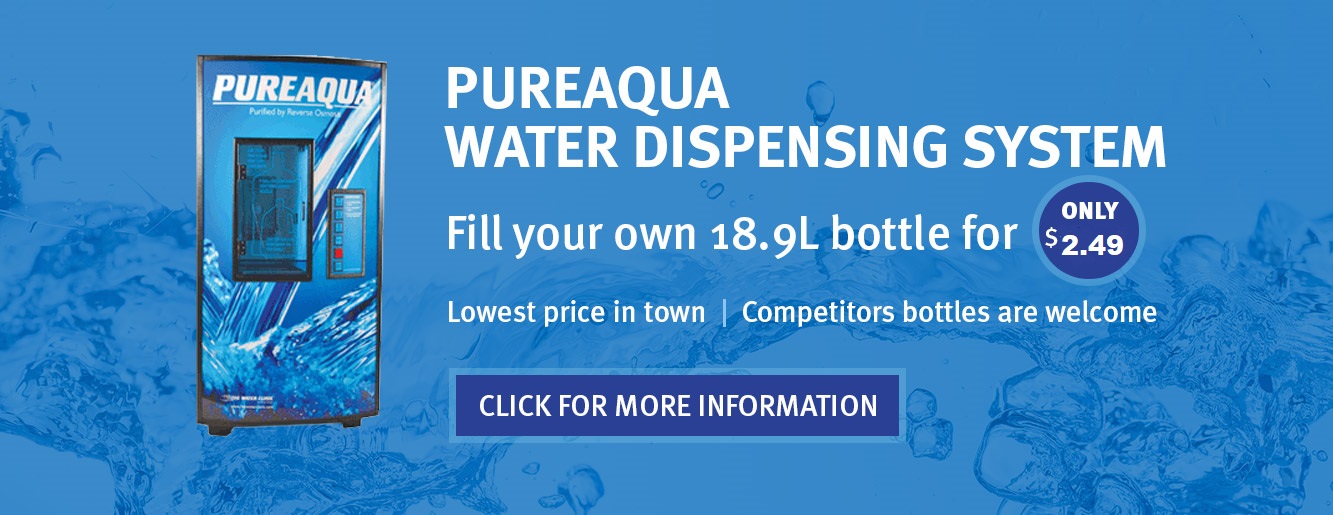May – Heart Health
May – Heart Health
Heart disease is the leading killer of Canadians. There are some risk factors you can’t change, such as family history, age, and race. However, there are many important risk factors that you can work on: high blood pressure, high cholesterol, smoking, and a sedentary lifestyle. Whatever your age, you can work towards a healthier heart.
Heart disease: FAQs
Heart attack: Know the symptoms
The key to surviving a heart attack is getting medical help early – nearly half of all deaths due to heart attack occur within three to four hours of the beginning of symptoms.
Keep in mind that not everyone experiences the same heart attack symptoms to the same degree – some older people and women can experience less obvious symptoms. Some heart attacks come on suddenly, but the vast majority start slowly with mild pain and discomfort. Many people experiencing a heart attack are not sure they are having one and may think it’s only heartburn or indigestion. This may result in not seeking medical attention promptly.
Therefore, it’s critical to be familiar with and recognize heart attack symptoms, and to take them seriously. The following are heart attack warning symptoms:
-
pain or discomfort in the chest, shoulder, arm, back, neck, or jaw that does not go away with rest (in women, pain may be more vague)
- pressure, heaviness, fullness, or squeezing in the chest
- shortness of breath
- nausea and/or vomiting
- sweating, or cool and clammy skin
- anxiety
- light-headedness or sudden dizziness
If you experience these warning symptoms, the Heart and Stroke Foundation suggests doing the following things:
- Call 9-1-1.
- Stop all activity and rest (sit or lie down).
- If you are taking nitroglycerin, take your usual dose.
- If the 9-1-1 operator advises it, and you are not allergic to ASA, chew and swallow one 325 mg ASA tablet or two 81 mg tablets.
- Rest and wait for Emergency Medical Services (EMS).
- Acting promptly may save your life!
Stop smoking. Breathe easy.
It takes practice and time to quit smoking, but it can be done, and the benefits of stopping smoking are worth the effort. There are many ways to quit smoking, such as the “cold turkey” method or a system to gradually taper off smoking. Each person is unique, and different strategies work better for different people.
Smoking cessation medications
Smoking cessation medications include nicotine chewing pieces (gum), the nicotine patch, nicotine inhalers, oral sprays, nicotine lozenges, bupropion, and varenicline. Research shows that when used as directed and combined with support groups or counselling, these medications can increase your chance of success. Speak to your doctor or pharmacist about which medications may be appropriate for you.
Support groups and counselling
Group programs usually involve meeting small groups of people who are all trying to quit smoking. Group support programs have proven one of the most successful methods for quitting smoking. Qualified health professionals lead some group programs, and these tend to be more effective. Contact your local public health department to locate any smoking cessation groups active in your community.
Individual counselling programs range from brief advice and counselling offered by a health care professional to intensive counselling available through specialty clinics. These clinics are not available everywhere, but they are especially helpful for certain smokers. Talk to your doctor about whether individual counselling is an appropriate option for you.
Tips for quitting
The process of quitting smoking may be hard, but it can be done!
Here are some tips to help you quit:
- Develop an action plan to improve your chances of quitting. Writing the plan down will help you think more carefully about what you need to do and how you will approach it. Try the following:
- Pick a day as your “quit date,” which is the day you intend to stop smoking. Write this date down.
- Make a list of the important benefits of quitting and read it over before and after you quit. Use this list while you are trying to quit to remind yourself of your reasons for quitting.
- List the situations in which you smoke and the reasons why you smoke – this will help you identify what “triggers” you to light up.
- List fun and healthy activities to replace smoking, and be ready to do these when you feel the urge to smoke.
- Avoid smoking triggers. Starting with your quit date, try to remove or avoid your smoking triggers. For example, if you associate coffee with smoking, try drinking tea or water instead. If you usually smoke at parties, find other ways to socialize with friends until you feel comfortable and confident about facing these situations.
- Don’t carry matches, a lighter, or cigarettes.
- Each day, delay lighting your first cigarette by one hour. After the first cigarette, when you have your next craving to smoke, delay for another 15 minutes or half an hour. By delaying each cigarette, you take control.
- Familiarize yourself with possible withdrawal symptoms and how you plan to handle them.
- Get moving! Exercise is a great way to relax and feel good; use exercise rather than smoking to deal with stress.
- Build your own support network. Enlist the help of a close friend or family member, your doctor, someone you know and respect who has recently quit, or someone who wants to quit smoking with you.
The skinny on cholesterol
Cholesterol is a fat-based substance found in the bloodstream and the body’s cells. Cholesterol is essential for good health: it builds and repairs cells, protects nerve fibres, and is used to produce certain hormones and bile acids. We get it in two ways: the liver produces it, and it is contained in some of the foods we eat, including meat, chicken, fish, eggs, and dairy products. A healthy daily intake of cholesterol is about the amount found in a single egg. Most of us take in more than that, which is where problems can begin.
When cholesterol moves through our blood, it joins up with proteins to make molecules known as lipoproteins. “Bad” cholesterol, or low-density lipoproteins (LDL), can build up on the walls of blood vessels, where it can block and damage arteries. This can eventually cause heart disease and stroke. But there’s also “good” cholesterol, high-density lipoproteins (HDL), which clear away the dangerous, “bad” type of cholesterol.
Although LDL is the one to worry about, getting accurate readings of both kinds is essential. High levels of “bad” cholesterol and low levels of “good” cholesterol mean you could be at risk of heart disease.
Triglycerides are not a type of cholesterol but are another type of fat found in the body. Like LDL, high triglycerides are associated with heart disease. Triglyceride levels are often measured at the same time as cholesterol levels.
Many factors determine whether your LDL-cholesterol is high or low, including:
- diet
- weight
- level of physical activity
- age (cholesterol levels rise with age)
- sex (men have higher cholesterol)
- alcohol consumption
- heredity
- some medical conditions, such as diabetes, hypothyroidism, liver disease, and kidney disease
To help lower cholesterol levels:
- Enjoy a diet high in whole-grain foods, vegetables, fruits, and legumes.
- Replace saturated fats (found in meat, full-fat dairy products, shortening, and tropical oils such as palm and coconut oil) with monounsaturated fats (found in olives, olive oil, nuts, and avocado) and polyunsaturated fats (found in vegetable oils, nuts and seeds, fish, and wheat germ).
- Drink alcohol in moderation (for men, no more than 3 drinks per day on most days, up to a maximum of 15 drinks per week; for women, no more than 2 drinks per day on most days, up to a maximum of 10 drinks per week).
- Enjoy regular physical activity (such as walking, swimming, biking, or gardening) for at least 2½ hours per week.
- Don’t smoke.
- Maintain a healthy body weight.
- Take cholesterol medications (if necessary) as prescribed by your doctor.
Regardless of what your cholesterol level is, the above suggestions are recommended for everyone for good heart health!
Should you have your cholesterol levels tested?
It is recommended that you have your doctor check your cholesterol levels and assess your risk of heart disease every 5 years once you are over the age of 40. Some conditions require testing of cholesterol levels regardless of age; these include but are not limited to:
- diabetes
- family history of heart disease
- hypertension
- currently smoking
- obesity
- chronic kidney disease
- inflammatory bowel disease
- chronic obstructive pulmonary disease
Your doctor may have provided your cholesterol readings as a ratio of total cholesterol to HDL. Contact your doctor or pharmacist if you have questions about managing your cholesterol.
Ask Your Pharmacist
Q: How can I manage my blood pressure?
A: The best place to start is by getting your blood pressure checked. Although you can’t feel high blood pressure, it can put you at risk of health problems, including heart attacks, strokes and kidney damage. This is why knowing your blood pressure numbers is so important. Your Pharmasave pharmacist can help you manage your high blood pressure by reviewing your medications, helping you manage potential side-effects and teaching you how to use a blood pressure monitoring device properly so you can take accurate readings regularly at home.
Do you have more questions? Speak with your Pharmasave pharmacist.
Health Tip
Your foot health is more important than you think. This is especially true if you have diabetes as it can cause nerve damage and poor circulation to your legs and feet, making it harder to notice and heal any injuries or sores. Prevention is your best line of defense and your Pharmasave pharmacist can provide advice about a good daily foot-care routine, like what to look for when checking your feet and choosing and fitting compression socks. They can also recommend foot care products and treatments to meet your unique needs.
All material © 1996-2013 MediResource Inc. Terms and conditions of use. The contents herein are for informational purposes only. Always seek the advice of your physician or other qualified health provider with any questions you may have regarding a medical condition.



